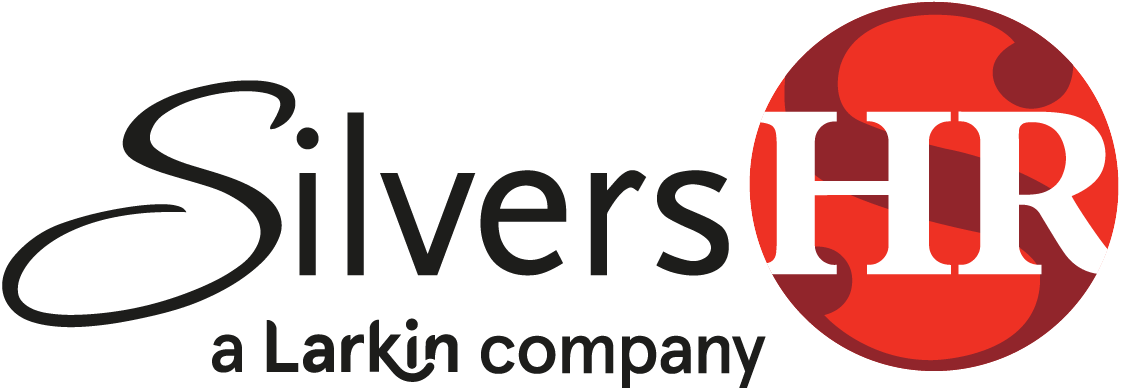By Kate Kriner, PHRca
As you may have discovered in the last few years with the huge increase in remote work, on-boarding now has some new unique challenges. One of the many challenges for employers is arranging for a physical inspection of the employment eligibility documents to complete the Form I-9.
Here is a quick Form I-9 completion review: Step 1: New hire completes Section 1 of Form I-9 on the first day of work. Step 2: Employer, or their authorized representative, completes Section 2 within three business days of the first day of work. This second step requires a physical inspection, with the new hire in your presence, of one List A document, or one List B and one List C document (“document”), to verify identity and eligibility to work in the United States.
Easy enough, right? Not really. What if your employee is working in another state and will not be in your office(s) for the physical inspection of the documents? Or, what if your entire operation is now completely remote and you don’t even have an office? Well, we are happy to provide some good news if either of these scenarios apply to your organization. Around the same time as the recent update to the Form I-9 document, a new rule was announced by the United States Citizenship and Immigration Services (“USCIS”) allowing companies an “alternative procedure” to the physical inspection of the documents. Employers are now able to remotely verify the documents, provided you are enrolled in and using E-Verify and follow the very strict guidelines.
The E-Verify program has been available for voluntary use since 1996, and in some cases its use is required of certain types of employers and in certain states (California is not one of those states). E-Verify, a free online program used to verify an employee’s identity, is a record confirmation process using the databases of the Department of Homeland Security, (“DHS”), and the Social Security Administration (“SSA”). Employers choosing to participate in E-Verify may use the system for verifying information provided by their new hires (it is not for existing employees) in conjunction with the alternative procedure for recording employment eligibility documents for the Form I-9.
A full description of the alternative procedure from the Federal Register can be found at the link here and further information on remotely completing the Form I-9 is listed here at USCIS.
There are a few other key requirements of E-Verify Alternative Procedure for the Form I-9—first, employers must retain photocopies of both sides of the documents the employee presents for the Form I-9. Second, if an employee presents a List B document it must include a photograph.
Keep in mind, the employer must be prepared to use the system consistently for similarly situated employees. For example, you may use E-Verify just with your remote employees or you may elect to use it just for one specific hiring site, but not all hiring sites. Someone in your organization will need to learn and stay up to date on the requirements to use E-Verify, which could be time consuming. On occasion there could be inaccurate non-confirmations (in which the information provided does not match any records with DHS or SSA) which may delay your onboarding efforts and require additional time to resolve.
If you are thinking the benefits outweigh the time commitment, you may enroll here. There is plenty of additional information and regular webinars on the E-Verify topic at https://www.e-verify.gov/.
As always, please reach out to your HR Consultant with any additional questions.
